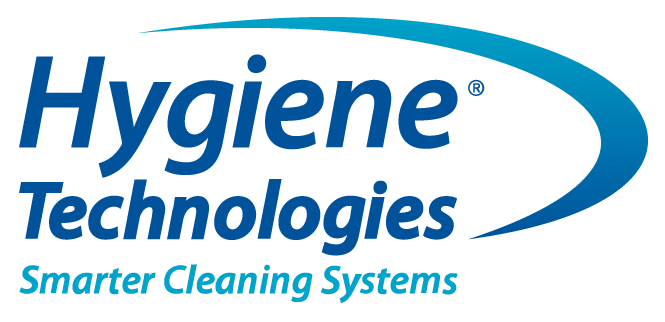Hello Guest,
Our customers tell us of a number of issues that they have with this task that we’re sure you can relate to:
- With plant shut downs they have numerous contractors on site and need a better control system to reduce micro spikes.
- The powder on boots stored in the boot exchange is an ideal food source for pathogens to thrive.
- It’s very time consuming to clean these boots.
- Pathogens are being transferred by foot to critical areas such as sample points.
- In ‘sock zone’ areas they need further controls to reduce the potential of further pathogen transfer by foot traffic.
OK, so those are the headaches – what are the possible solutions to these issues?
- The first one is to have boot racks for the boots to be stored on and to manually clean or vacuum all the boots at regular intervals. This can be very effective but it takes a lot of manual work, a lot of time and is subject to human error if something’s missed. It’s a painstaking job going through cleaning all these boots manually and vacuum them out making sure we remove all the contaminants and that they do not fall into the sock zone, causing further contamination.
- The second one is a manual boot scrub brush mounted over to one side. There are two problems with this option, the first one is they don’t clean the boots effectively because people don’t spend enough time or at the right angle to get all the boots cleaned out. The second thing is that it relies on the traffic to turn aside and go and use the boot scrub brush before carrying on with where they are going. A lot of the time people forget or they’re in a hurry and they bypass that step because they can.
- Automatic boot cleaning machines are the next option, but they simply won’t work in this situation because they rely on liquid cleaners to work effectively – obviously the enemy of dry powder plants. If you try and use these dry they will simply just clog up with powder all through all the operation mechanisms that is almost impossible to clean out – an excellent micro trap.
- The fourth solution is Profilgate – a patented system from Germany which approaches this task in a unique and ingenious way. The best way to explain how the system works is to watch the brief video below and see how the brush strips remove soil from wheels and footwear that moves across it:
As this is such a different product concept to what has been seen in the industry before, we often have a number of questions asked about different aspects of the system. Here’s some clarification on these questions:
- Isn’t it a bug trap? The answer to this is both yes and no. I’ll start with the no – the reason this is not a bug trap is because every one of the components in the system is very easy to clean as they’re made from materials that can be completely cleaned down and sanitised and they’re not absorbent – materials like stainless steel, PVC and nylon. Now, the reason for the ‘yes’ part of this answer is that this is not a bug trap but it definitely is a soil trap. That’s the whole reason to have the Profilgate product because it’s holding the soiling or the contaminants in one area instead of spreading it throughout the facility environment within the red line. The thing about this system is that if we can keep all the contaminants in one area that’s a lot easier to control and remove – it is actually designed to be a trap rather than let everything go right through.
- How do you clean it? With the dry powder situation you simply brush the top of the brush strips with a soft brush just to knock any loose powder down into the trays then lift the grates and vacuum them out just like in the video that you watched before. Once it’s all cleaned out, spray it with an ethanol based, evaporating sanitiser and let that dry off. Once it’s dry you can start using it again – it’s completely cleaned and sanitised.
- What’s involved in the installation? This depends on whether you’re installing it above the floor or actually in the floor slab, level with the floor which is the preferred option for long-term sustainability. Please click on the links below to watch the installation videos as this will give you the best idea of what’s actually involved in the complete installation process.
New build installation
Alteration of existing floor slab
There are a number of models and application situations for this product – every situation is different. To have one of our team call you to discuss your specific situation and the best solution for you, simply fill in the form below and we’ll get right back to you.
